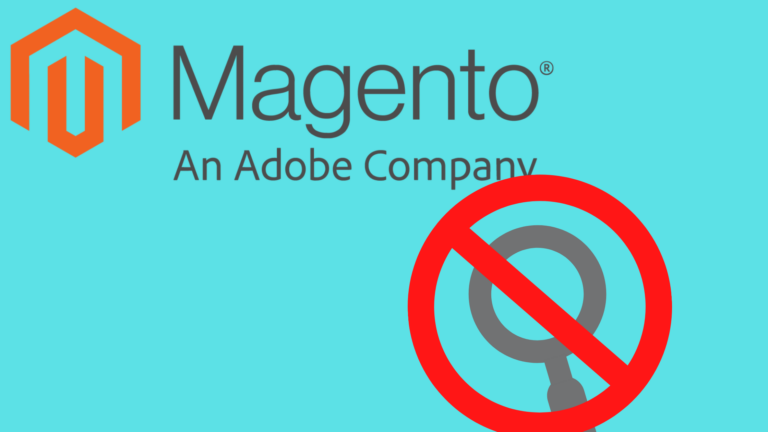In the bustling realm of e-commerce, a minute can make a difference – a world of difference. It’s the brink between browsing and bouncing, between adding to the cart and abandoning the ship. No one can deny the pivotal role speed and performance play in online stores, particularly ones powered by Magento. It’s about ensuring an exquisite user experience and bolstering sales, both entwined in an intricate dance. So buckle up, as we embark on an enlightening journey, unveiling the art of optimizing your Magento store for peak performance and speed.
Why Speed and Performance Matter in E-commerce
In the unceasing race of e-commerce, speed and performance aren’t just niceties; they are necessities. Consider them the invisible threads stitching together an enriching user experience, one that gently nudges customers from casual browsing to confirmed purchases.
A split-second delay, and you risk a seismic ripple effect. User engagement nosedives, SEO rankings plummet, and bounce rates skyrocket, all as if in a well-orchestrated ballet of digital despair. Conversely, an optimally performing website emerges as a symphony of seamless navigation, swift page loads, and smooth transactions.
Understanding Magento’s Architecture
To truly master the craft of optimization, we must first delve into the architectural depths of Magento itself. Built on a robust foundation of PHP, Magento’s architecture is layered and complex, yet immensely flexible.
Each Magento store comprises different areas, such as frontend, admin, and API, all interacting coherently. Magento modules form the building blocks of the store, encapsulating business logic in a reusable, scalable manner. Moreover, Magento’s ViewModels help separate the business and UI logic, making the process of optimization easier.
A grasp of Magento’s architectural quirks allows for a more precise optimization. Understanding how data flows, how modules interact, and how caching affects performance can empower you to make the necessary adjustments, enhancing speed and performance while ensuring your Magento store runs like a well-oiled machine.
Best Practices for Optimizing Magento Store
In the intricate universe of Magento optimization, the initial step often involves consulting a Magento development company. These veterans, equipped with their technical acumen and hands-on experience, can navigate the labyrinth of Magento’s performance enhancement like seasoned explorers. However, the dance of optimization isn’t reserved for the experts alone. Whether you’re embarking on this journey independently or with professional guidance, certain best practices have weathered the test of time and continue to prove their effectiveness.
Optimizing Server and Database for Magento
Magento, with its complex architecture and extensive functionality, is renowned for being resource-intensive. It leans heavily on a potent server and a finely-optimized database. Adjusting these foundational elements is much like tuning a grand piano. Each tweak, each setting brings you closer to harmony, where each page loads swiftly, and transactions are processed smoothly. This optimization can spur your Magento store’s performance, making it run like a cheetah on the e-commerce savannah.
Leverage Magento’s Built-in Caching Features
Once the server and database are streamlined, it’s time to turn our attention to Magento’s built-in caching mechanisms. A potent instrument in your optimization toolbox, caching can considerably cut down load times. It’s akin to an e-commerce time machine, serving pre-loaded content to your users and making waiting a thing of the past. A well-thought-out and strategic caching approach can do wonders for user experience, making your store as responsive as a well-conducted orchestra.
Utilize Content Delivery Network (CDN)
Finally, employing a Content Delivery Network (CDN) can give your Magento store the performance boost it deserves. Picture CDN as a global network of express courier services. It delivers your site’s content from the server located closest to your user. This proximity principle enables faster load times, fewer data packet losses, and in turn, a smoother and more enjoyable user journey.
Tools for Speed and Performance Optimization
To assist you in the process of optimization, a number of tools can make the task easier and more efficient. Let’s shed light on some commonly used ones.
Image compression tools, like TinyPNG or CompressJPEG, can significantly reduce image sizes without sacrificing quality. This results in faster-loading visuals that still retain their allure.
Code minification tools like Minify or UglifyJS help reduce the size of your CSS, HTML, and JavaScript files, making your site lighter and quicker to load.
Furthermore, GTmetrix and Google PageSpeed Insights provide valuable insights into your site’s performance, offering actionable suggestions to push the optimization envelope further. Armed with the right tools, optimization becomes a more manageable, and dare we say, enjoyable process.
Common Pitfalls and How to Avoid Them
While marching on the path of optimization, one might stumble into common pitfalls. Here are some you should be wary of, and strategies to sidestep them:
- Overloading your store with unnecessary extensions can slow down your Magento store. Be selective and keep only what truly serves your purpose.
- Not updating your Magento version can make your store vulnerable to performance issues. Regular updates ensure you’re leveraging the latest speed improvements.
- Ignoring mobile optimization is a significant misstep. With the rise of e-commerce, a fast and responsive mobile interface is not just an option; it’s a necessity.
Conclusion
As our exploration into Magento optimization comes full circle, we’re reminded that speed and performance are more than mere technical jargon – they are the driving forces behind a successful e-commerce venture. Optimizing your Magento store is an ongoing commitment to delivering an exceptional customer experience, one that captivates and converts. With the right strategies, tools, and awareness of potential pitfalls, this task becomes an engaging challenge rather than a daunting ordeal. Remember, a finely-tuned Magento store not only elevates your brand in the digital landscape but also paves the way for burgeoning sales and sustained growth.




